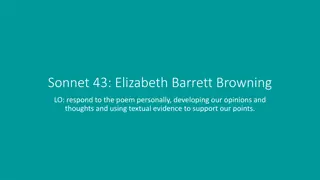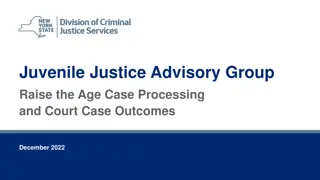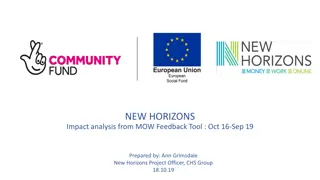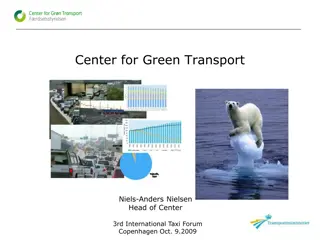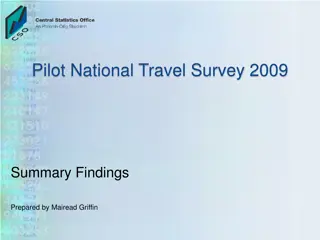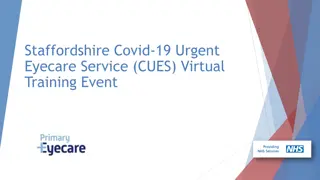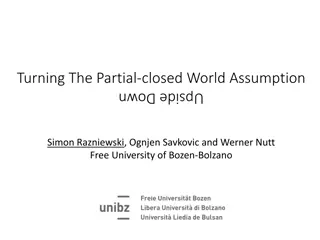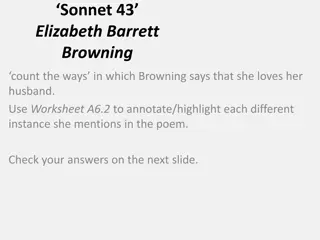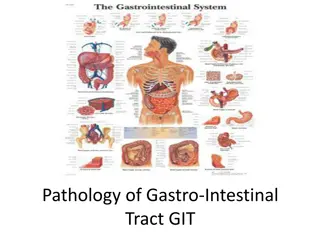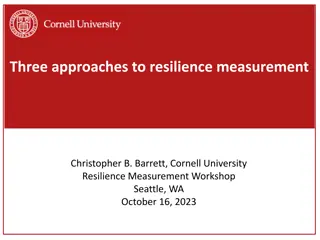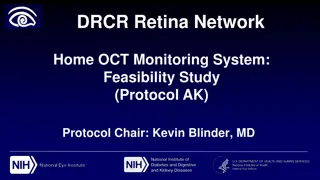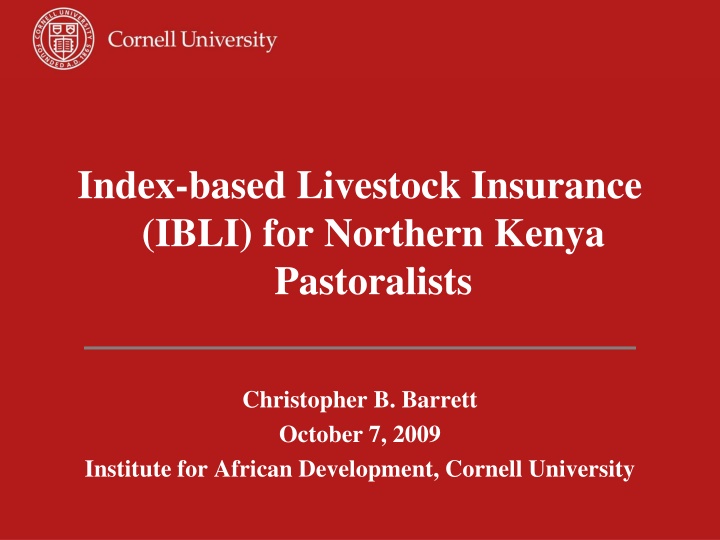
Challenges and Solutions in Index Insurance for Sustainable Development
Discover the challenges and solutions in implementing index-based livestock insurance in arid regions like Northern Kenya. Learn about the advantages of index insurance, how it can prevent poverty traps, and the key factors needed for its sustainable offering. Explore the importance of high-quality data, innovative product design, and effective demand creation in creating a productive safety net to alter poverty dynamics.
Download Presentation

Please find below an Image/Link to download the presentation.
The content on the website is provided AS IS for your information and personal use only. It may not be sold, licensed, or shared on other websites without obtaining consent from the author. If you encounter any issues during the download, it is possible that the publisher has removed the file from their server.
You are allowed to download the files provided on this website for personal or commercial use, subject to the condition that they are used lawfully. All files are the property of their respective owners.
The content on the website is provided AS IS for your information and personal use only. It may not be sold, licensed, or shared on other websites without obtaining consent from the author.
E N D
Presentation Transcript
Index-based Livestock Insurance (IBLI) for Northern Kenya Pastoralists Christopher B. Barrett October 7, 2009 Institute for African Development, Cornell University
Getting Smart About Risk and Poverty Traps Strong evidence of poverty traps in the arid and semi-arid lands (ASAL) of east Africa Usual humanitarian response to shocks: food aid Pay attention to the risk and dynamics that cause destitution else beware an aid trap!
Insurance and Development Economic costs of uninsured risk, esp. w/poverty traps Sustainable insurance can: Prevent downward slide of vulnerable populations Stabilize expectations & crowd-in investment and accumulation by poor populations Induce financial deepening by crowding-in credit supply and demand But can insurance be sustainably offered in the ASAL? Conventional (individual) insurance unlikely to work, especially in small scale pastoral/agro-pastoral sector: Transactions costs Moral hazard/adverse selection
Index Insurance: Advantages Index insurance provides insurance based on events collectively rather than individually experienced. Can avoid problems that make individual insurance infeasible: No transactions costs of measuring individual losses Preserves effort incentives (no moral hazard) as no single individual can influence index. Adverse selection does not matter as payouts do not depend on the riskiness of those who buy the insurance Available on near real-time basis: faster response than conventional humanitarian aid Index insurance can, in principle, be used to create a productive safety net needed to alter poverty dynamics
Index Insurance: Challenges Big 5 Challenges of Sustainable Index Insurance: 1. High quality data (reliable, timely, non-manipulable, long-term) to calculate premium and to determine payouts 2. Minimize uncovered basis risk through product design 3. Innovation incentives for insurance companies to design and market a new product 4. Establish informed effective demand, especially among a clientele with little experience with any insurance, much less a complex index insurance product 5. Low cost mechanism for making insurance available for numerous small and medium scale producers
Index Insurance: Solutions to the Challenges Solutions to the Big 5 Challenges: 1. High quality data Satellite data (remotely sensed vegetation: NDVI) 2. Minimize uncovered basis risk Analysis of household panel data on herd loss 3. Innovation incentives for insurers Researchers do product design work, develop awareness materials, help facilitate reinsurance 4. Establish informed effective demand Simulation games with real information & incentives 5. Low cost mechanism Delivery through partners
Livestock Mortality Index One possible index is based on area average livestock mortality predicted by remotely-sensed (satellite) information on vegetative cover (NDVI):
High Quality Data Deviation of NDVI from long-term average February 2009, Dekad 3 NDVI February 2009, Dekad 3 NDVI Data Real-time available in 8 8 km2 resolution 27 years available since late 1981 NASA NDVI Image Produced By: USGS-EROS Data Center. Source: Famine Early Warning System Network (FEWS-NET) Laisamis Cluster Laisamis Cluster, zndvi (1982-2008) 5 4 Karare Logologo Ngurunit Korr 3 2 1 0 1981 1982 1983 1984 1985 1986 1987 1987 1988 1989 1990 1991 1992 1993 1994 1995 1996 1997 1998 1998 1999 2000 2001 2002 2003 2004 2005 2006 2007 2008 -1 -2 -3 Historical droughts
Geographic Clusters Estimate separate response functions for distinct geographic clusters due to differences in herd composition, grazing ranges, water access, etc.
Product Design Temporal structure of IBLI contract 1 year contract coverage 1 year contract coverage LRLD season coverage LRLD season coverage SRSD season coverage SRSD season coverage Short Rain Short Dry Long Rain Short Rain Short Dry Long Rain Long Dry Long Dry Short Rain Short Dry Short Rain Short Dry Oct Nov Dec Jan Feb Mar Apr May Jun Jul Aug Sep Oct Nov Dec Jan Feb Oct Nov Dec Jan Feb Mar Apr May Jun Jul Aug Sep Oct Nov Dec Jan Feb Prior observation of NDVI since Prior observation of NDVI since last rain for LRLD season last rain for LRLD season Period of continuing observation of NDVI Period of continuing observation of NDVI for constructing LRLD mortality index for constructing LRLD mortality index Sale period Sale period For SRSD For SRSD Sale period For LRLD For LRLD Sale period Predicted LRLD mortality is announced. Indemnity payment is made if triggered Indemnity payment is made if triggered Predicted LRLD mortality is announced. Period of NDVI observations for constructing SRSD Period of NDVI observations for constructing SRSD mortality index mortality index Prior observation of NDVI since last rain for SRSD season for SRSD season Prior observation of NDVI since last rain Sale period For SRSD For SRSD Sale period Predicted SRSD mortality is announced. Predicted SRSD mortality is announced. Indemnity payment is made if triggered Indemnity payment is made if triggered
How will IBLI work? Consider 1-year contract for a pastoralist in the Chalbi cluster who would like to insure 1 cattle worth KSh10,000. During the sale period at the beginning of the coverage year, he pays an annual premium (Ksh) = % insured value Annual premium % of insured value KSh (insured value = 10,000 KSh) Strike M* = 10% 9% 9% 10,000=900 Strike M* = 15% 5% 5% 10,000=500 Strike M* = 20% 3% 3% 10,000=300 Strike M* = 25% 1% 1% 10,000=100 9% At the end of each of the two covered season, he receives indemnity payment (KSh) = (predicted mortality rate - M*)% insured value Indemnity payment (KSh) Strike M* = 10% If predicted mortality = 5% 0 If predicted mortality = 15% (15-10)% 10,000=500 If predicted mortality = 30% (30-10)% 10,000=2,000 Strike M* = 15% 0 Strike M* = 20% 0 Strike M* = 25% 0 (15-15)% 10,000=0 (30-15)% 10,000=1,500 0 0 (30-20)% 10,000=1,000 (30-25 )% 10,000=500
Performance of NDVI-based Mortality Index Index predicts large-scale losses well Performance of mortality index in predicting insurance trigger Cluster Strike Correct decision Incorrect decision Type I error 0.25 0.00 0.00 0.00 0.00 0.00 0.00 0.25 0.25 0.25 Type II error 0.00 0.13 0.25 0.13 0.13 0.00 0.00 0.00 0.00 0.00 Chalbi 10% 15% 20% 25% 30% 10% 15% 20% 25% 30% 0.75 0.88 0.75 0.88 0.88 1.00 1.00 0.75 0.75 0.75 Laisamis
Establishing Informed, Effective Demand Experimental IBLI Game (i) Teach how IBLI works and how IBLI can affect herd dynamics (ii) Game with real monetary stakes. Pretested in 2008.
Establishing Informed, Effective Demand Willingness to pay (WTP) experiments using contingent valuation methods
Establishing Informed, Effective Demand Estimated WTP for 10% strike contract (Fair premium rate = 6.8% of total insured herd value) WTP(%) 7.74 7.70 1.40 2.73 11.15 % chosen herd 0.71 0.75 0.28 0.25 1.00 Demand for 10% Strike Contract by Herd Group Mean Median S.D. Minimun Maximum 11% Premium (% of insured herd) 10% 9% 8% 7% IBLI demand appears very price elastic. Fair premium 6% 0 10000 20000 30000 40000 Insured herd (TLU) Less than 15 TLU Greater than 30 TLU Between 15-30 TLU Aggregate
The Ways Forward 1. Pilot plan for Marsabit District (northern Kenya) in early 2010 by Equity Bank and UAP with international reinsurance, leveraging point of sale devices used for Hunger Safety Net Program. 2. Integrated survey design to study impact and design of IBLI HH survey of targeted population in pilot and control locations Discount coupons randomly allocated to eligible subpopulations to encourage uptake and generate variation in premiums. 3. World Bank has funded replication of this work in Tanzania
IBLI is a promising option for putting risk-based poverty traps behind us For more information visit www.ilri.org/livestockinsurance Thank you for your time, interest and comments!


